- Superhuman AI
- Posts
- Sunday Special: Scientists grow bone marrow in the lab
Sunday Special: Scientists grow bone marrow in the lab

Welcome back, Superhuman. Of all the organs scientists have been growing in the lab, bone marrow has long been considered both critical and notoriously difficult to replicate. A new breakthrough this week may finally change that. Meanwhile, a major Chinese tech company has unveiled a groundbreaking new approach for reducing traffic accidents.
The Sunday Special is designed to help you discover the most interesting and important scientific and technological breakthroughs outside of AI. Our regular AI updates will resume as usual on Monday.
SCIENCE SUNDAY
The most interesting scientific discoveries and breakthroughs this week
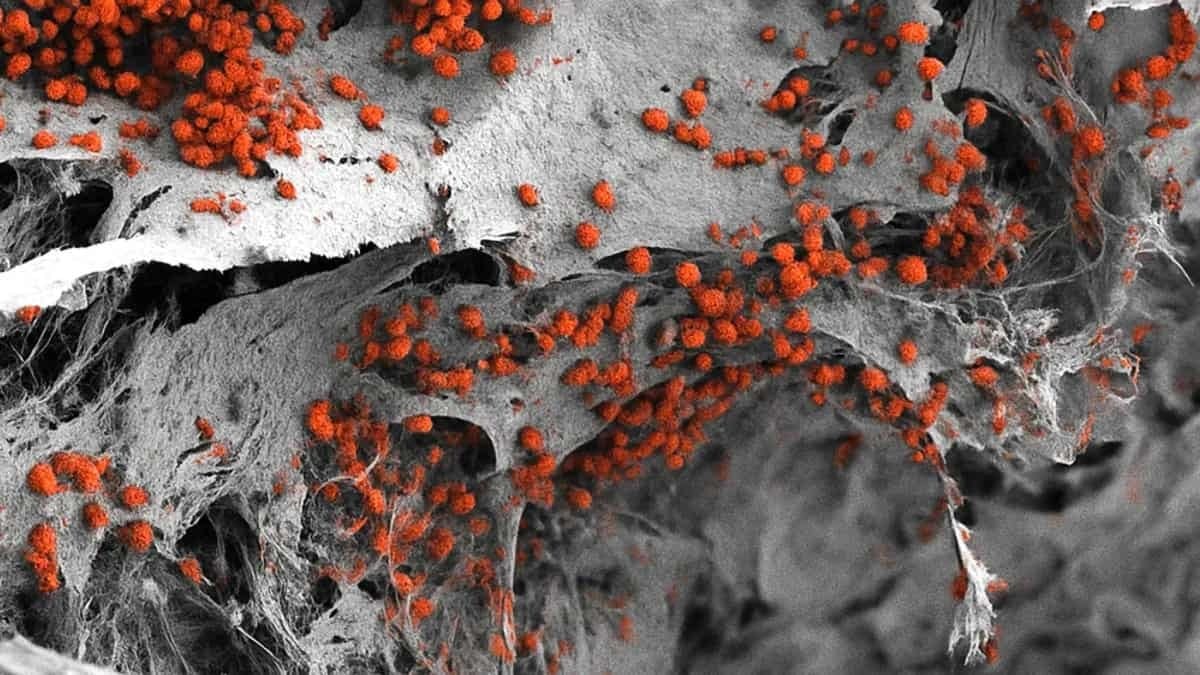
Scientists have invented a model of human bone marrow in the lab. Source: Credit: University of Basel, Department of Biomedicine
1. Scientists grow a human "blood factory" in the lab: Swiss researchers claim to have built the world's first fully functional human bone marrow model in the lab that mirrors the real structure found inside our bones. The team used stem cells to engineer what’s essentially a "blood factory" that can churn out billions of blood cells. Although the research is still preclinical, it could potentially replace animal testing in blood cancer research and help doctors test cancer treatments on patients’ own lab-grown marrow.
2. US solar firm beams record-breaking electricity from space: US company Star Catcher has wirelessly beamed 1.1 kW of electricity from space to NASA's Kennedy Space Center, crushing the existing record of 800W. Now, the startup plans to deploy orbital "power stations" that collect sunlight 24/7 in space. The technology could eventually beam unlimited solar energy down to Earth, finally making the dream of space-based solar power commercially viable.
3. New speed alert system could significantly reduce traffic accidents: Chinese firm Xiaomi has patented a driver-assist system that warns motorists when their speed is misaligned with nearby traffic. Unlike current systems that monitor the speed limit (which can be misleading), Xiaomi’s approach uses sensors to calculate speed gaps and issues alerts when the difference crosses certain thresholds. The approach could prevent crashes in areas where traffic naturally slows but drivers remain within legal speed limits.
4. New fingertip patch delivers human-level touch to screens: Scientists have built VoxeLite, the first haptic device that reportedly matches the human fingertip's resolution for creating realistic sensations on flat screens. The ultra-thin wearable uses densely packed "tactile pixels" that cover the full frequency range of touch receptors. The device could potentially let online shoppers feel fabrics remotely or create tactile maps for vision-impaired users, closing the gap between digital visuals and realistic touch.
PRESENTED BY YOU. COM
Without a clear roadmap, AI adoption often fizzles, leaving ROI unproven and teams frustrated. The 90-Day AI Adoption Playbook from You.com gives you an effective, phased roadmap to move from pilot to real, measurable ROI—in only 90 days.
What you'll get:
A week-by-week rollout plan for secure, scalable AI adoption
Key actions to build user skills, certify competency, and drive consistent usage
Certification steps to ensure every user delivers impact
Set your AI investment up for success: download the playbook and make your first 90 days count.
NEW TECH
Our favorite new tech gadgets this week

Source: Eight Sleep, Insta360, Terra, Ultrahuman
1. Eight Sleep Pod Pillow Cover: A cooling and heating layer for your pillow. It adjusts from 55°F to 110°F and adapts to your sleep stages — all without changing the feel of your pillow.
2. Insta360 Go Ultra: A pocket-sized action camera that shoots in 4K at 60 fps. It mounts magnetically for a hands-free experience, stabilizes every frame, and runs for over 3 hours.
3. Terra Kaffe Demi: A compact automatic machine for true café-quality coffee at home. It brews espresso, lungo, Americano, and drip from fresh whole beans, and packs a self-cleaning system for easy daily use.
4. Ultrahuman Home: A silent sensor that tracks your space for air quality, light, noise, humidity, and temperature. Then, it gives your room a real-time health score.
🖼️ Exhibit A: Museums don’t always have to be boring. A facility in Shanghai is using an innovative new technology to keep visitors hooked. According to one Redditor, “Whoever thought of this should be in charge of more things!"
🖥️ Block Party: A computer science grad built a real, fully working CPU inside Minecraft — packed with RAM, registers, and math operations. The two-year-old project has resurfaced on social media, sparking wild "simulation" debates.
⚡️ Power Play: Connecting power lines isn't as easy as it seems. Linemen usually have to connect power lines carrying thousands of volts of electricity without ever shutting off the power. A video breaking down the technique behind it is now going viral on Reddit.
☢️ Deadly Drip: A video showing real footage of what Redditors are calling “the most dangerous object humans have ever created” is trending on social media. It appears to show the Chernobyl “Elephant’s Foot,” a mass of corium that formed after the nuclear meltdown and remains intensely radioactive.
🎮️ Game Changer: Ever wonder what the future of video games looks like? A viral video on X suggests it might be even more futuristic than we imagined.
SPONSORED BY UIPATH
UiPath Platform for Agentic Automation helps you automate entire end-to-end processes, not just tasks.
Combines agents, robots, and people all on one platform
Delivers enterprise-grade automation for real ROI
Low-code simplicity, pro-dev power
ONLY GOOD NEWS
A healthy dose of optimism to kickstart your week
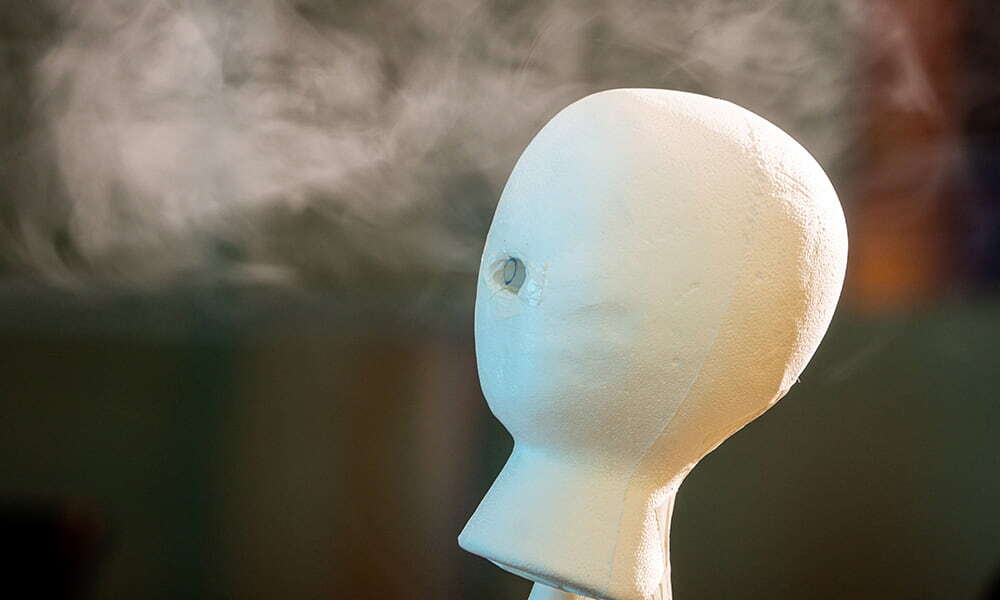
A new, innovative airflow system that outperforms conventional ventilation and reduces infection risk. Source: UBC
Patch Work: Scientists claim to have created a dissolvable microneedle patch that can deliver immune-regulating molecules directly into damaged heart tissue, jump-starting repair after a heart attack. The patch releases the molecules precisely where they’re needed, avoiding the side effects that derailed similar attempts in the past. The team is now working on a minimally invasive delivery system that could make this treatment practical for real-world use.
Breathe Easy: Scientists say they’ve built a ventilation device that can catch airborne germs before they spread. The device uses a "jet-sink" system to catch exhaled aerosols almost instantly, pulling contaminated air before pathogens can spread across a room. Computer simulations show that the device slashed infection risk to just 9.5% compared to 91% under standard ventilation, trapping 94% of airborne pathogens. The breakthrough could finally make shared indoor spaces safer during cold and flu seasons.
Gut Check: Scientists have created pills packed with engineered bacteria that glow when they detect heme (a telltale sign of intestinal bleeding), offering a potential alternative to colonoscopies for diagnosing gut diseases. The bacteria-filled sensors in the pill survived the harsh digestive environment of the gut, paving the way for noninvasive gut health monitoring that could eventually track treatment responses and disease progression without the prep work and discomfort of traditional endoscopy.
SUNDAY SCIENCE TRIVIA

Source: @brotakesphotos on Unsplash
Crocodiles are the apex predators of rivers and swamps, living relics from the age of dinosaurs that have survived virtually unchanged for over 200M years. For all we know about them, much about these reptiles still leaves experts scratching their heads.Which of the following facts are NOT true? |
Here’s some more: You can watch the clever hunting techniques of a crocodile in this short snippet.
Your opinion matters!
You’re the reason our team spends hundreds of hours every week researching and writing this email. Please let us know what you thought of today’s email to help us create better emails for you.
What did you think of today's email?Your feedback helps me create better emails for you! |
Until next time,
Zain and the Superhuman AI team
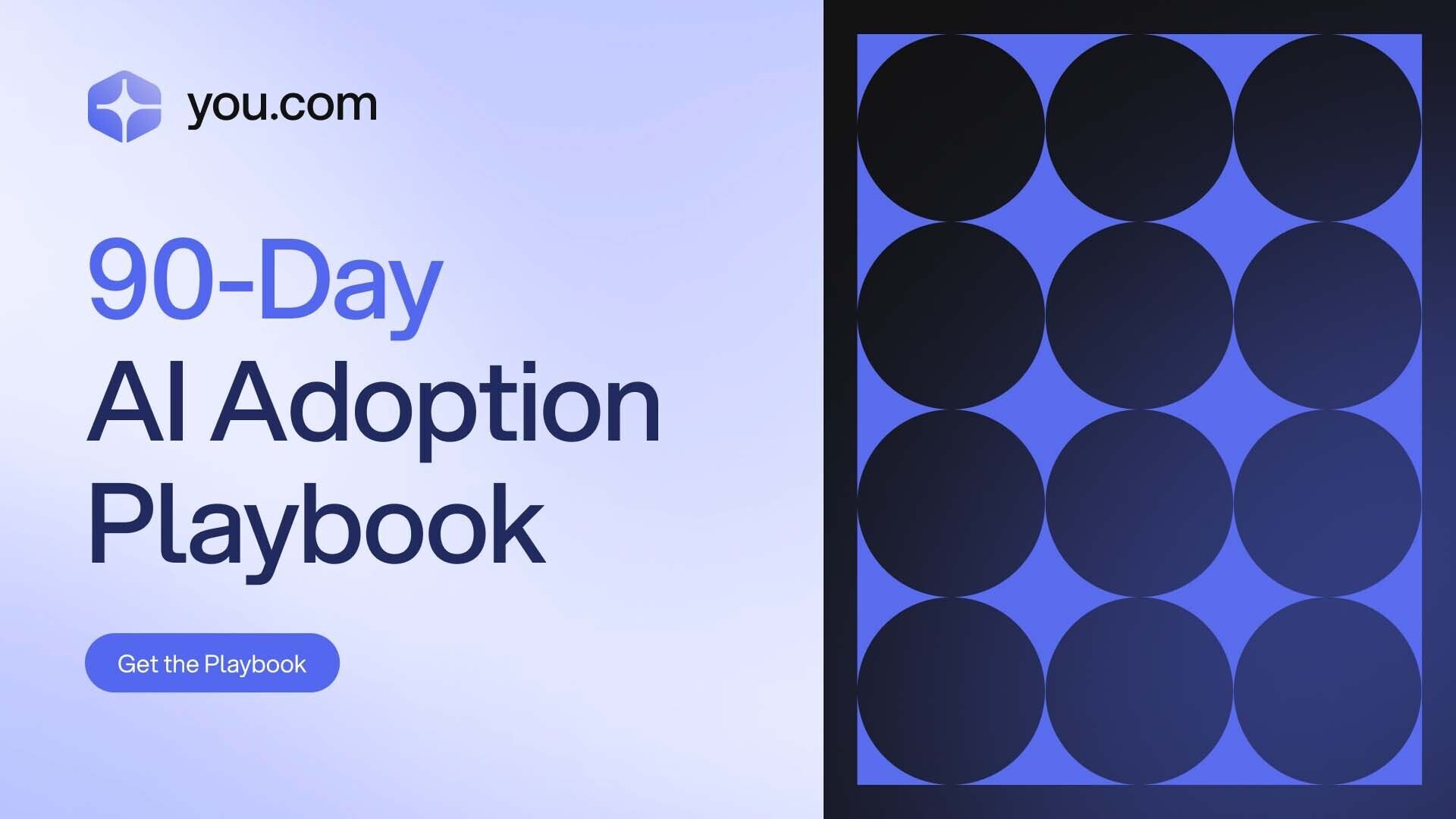
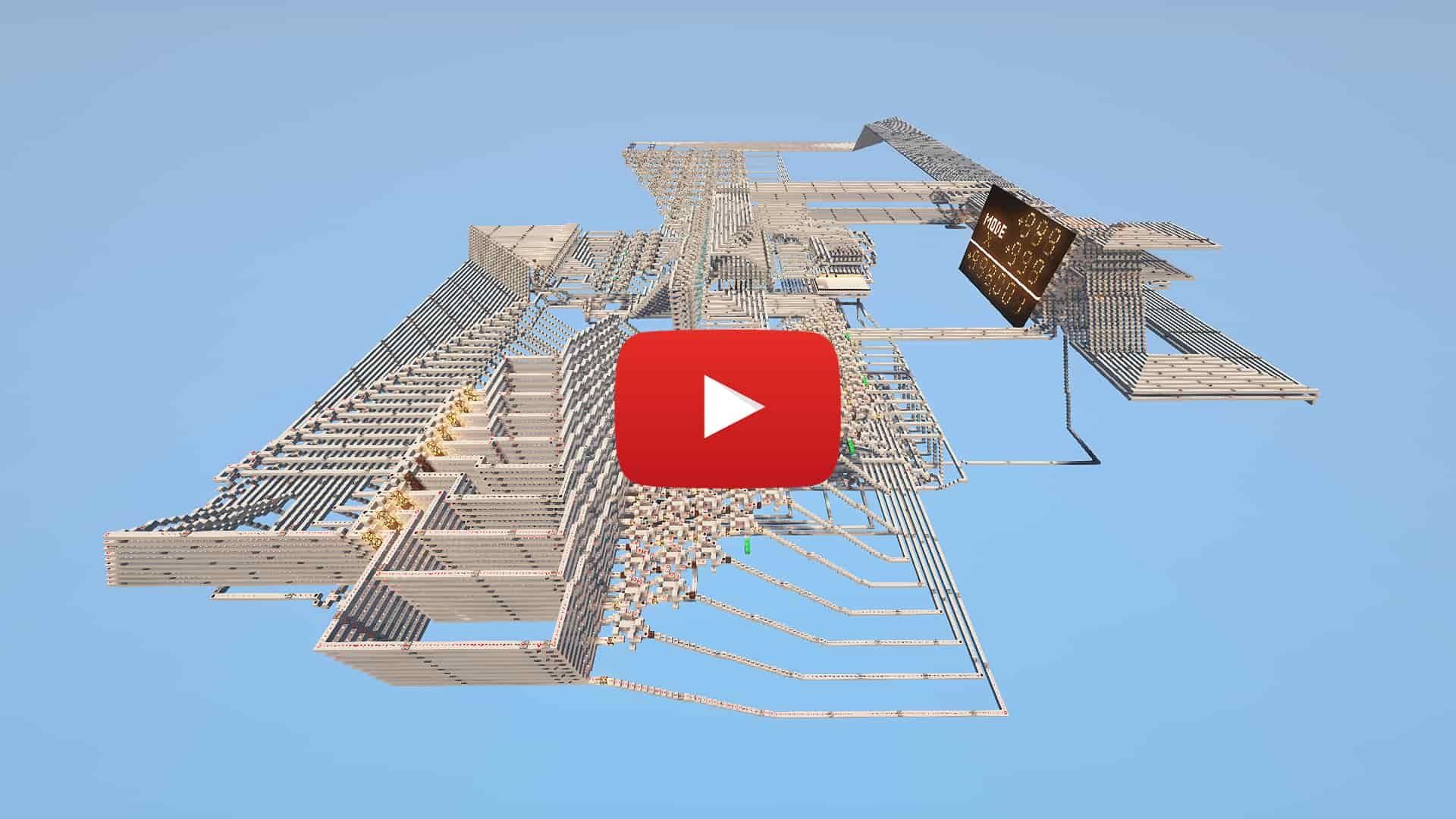
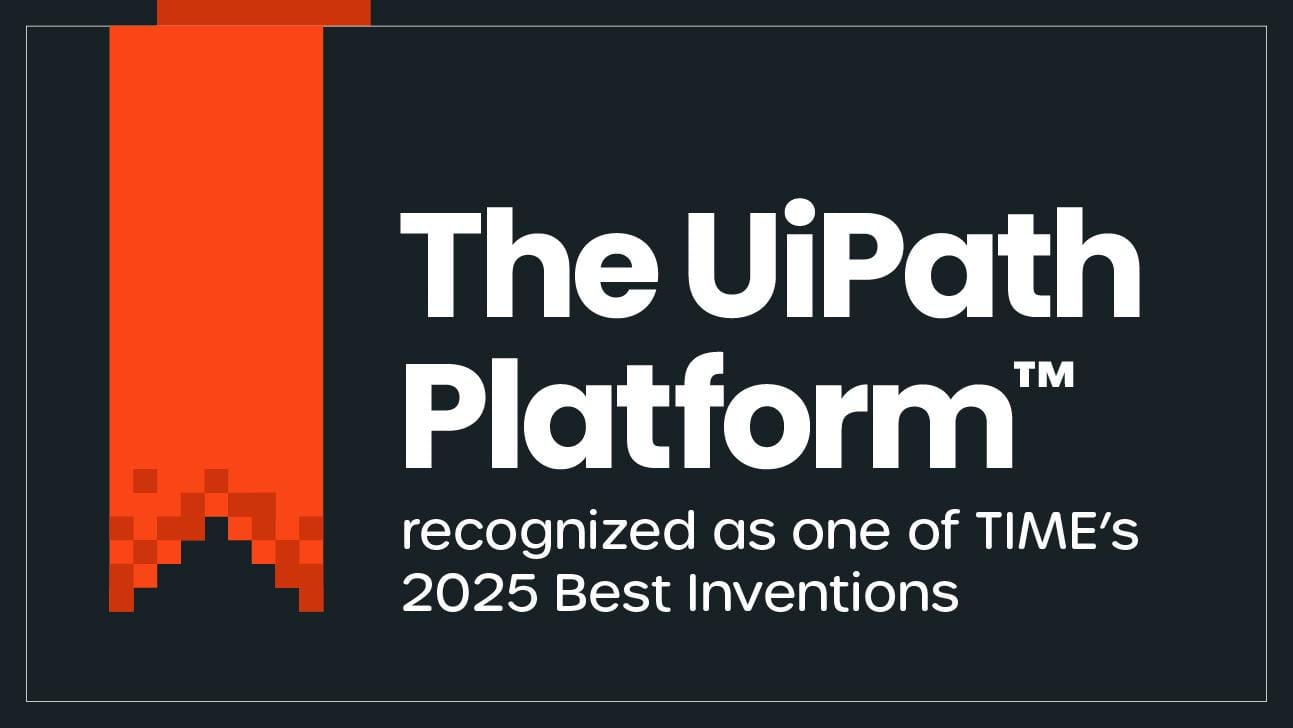
SOCIAL SIGNALS